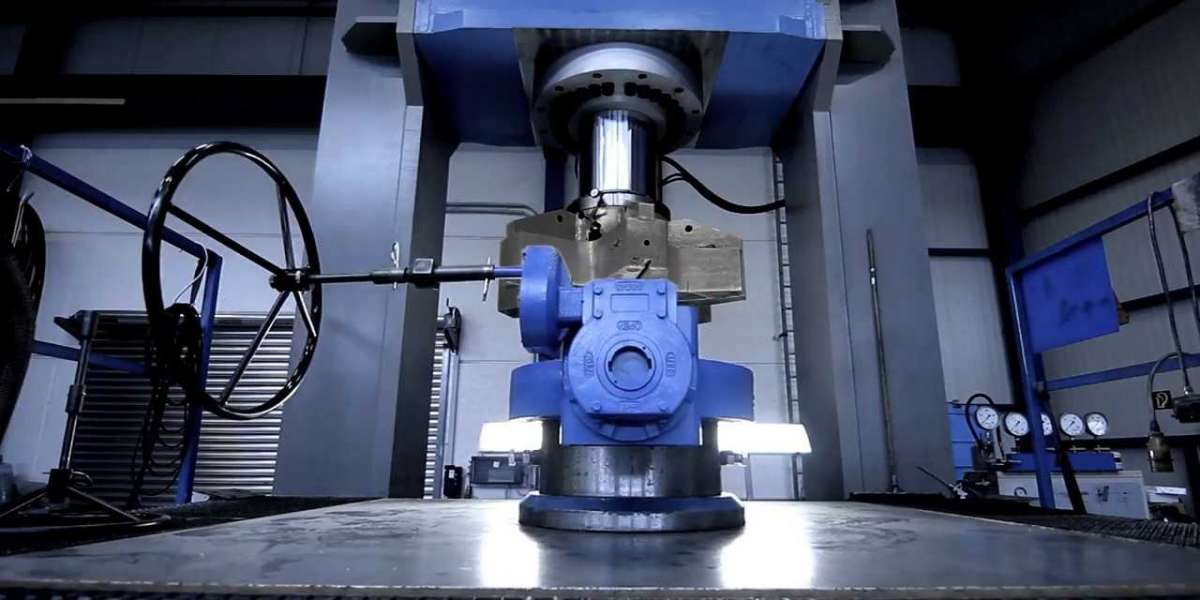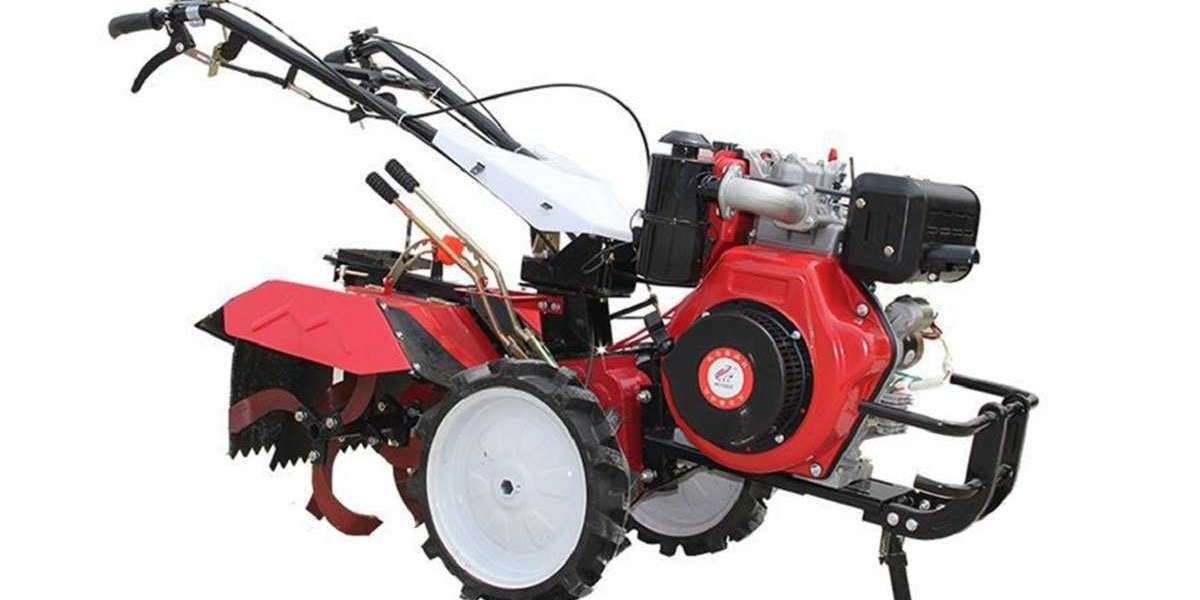Valves find applications in residential homes, industrial plants, the oil and gas industry, water, and wastewater treatment plants, etc. In residential homes, they are used for controlling water and gas flow, while in industries, they serve numerous purposes. Different valves are classified based on their function, material type, and other features.
Each of them serves different purposes and comes with varying characteristics. Non slam check, low temperature, and cryogenic valves are three standard valves used in various industries. If you are looking for more information regarding these valve types and their applications, then the information provided in this article will be helpful.
Non slam check valves
Non-slam check valves are designed to prevent reverse flow and water hammer in fluid systems. These valves are handy for applications where sudden changes in the flow direction can cause severe damage (in the system: pipelines). They operate based on the principle of swinging disc or tilting disc (a piston or a spring-loaded disc), which allows fluid flow in one direction and closes to prevent backflow. If you plan to buy a non slam check valve, consideration should be given to valve sizing and design, as well as best practices for installation and maintenance.
Features
Non-slam axially operated valves
High flow coefficient and low-pressure drop
Quick response to flow direction changes
Efficient tight shutoff with metal seating
Zero emission and maintenance free
Applications and uses
Non-slam check valves find extensive use in water distribution systems, sewage and wastewater treatment systems, and oil and gas pipelines. These valves ensure efficient and reliable flow control, prevent water hammer effects that can damage pipes and equipment, and minimize pressure surges. Additionally, non-slam check valves offer improved system reliability and reduced maintenance and downtime.
Low temperature valves
Low-temperature valves are specifically designed to operate in icy conditions with a standard temperature range of -20°C to +40°C (up to -60°C-+60°C). Working in extremely cold temperature valves presents unique challenges, and low temperature valves are constructed using materials capable of withstanding such temperatures. These valves feature specialized sealing mechanisms to ensure adequate sealing even in harsh conditions. Design considerations for these valves include selecting appropriate valve types such as gate, ball, or butterfly valves. At the same time, it is also essential to implement insulation and thermal management techniques to optimize valve performance.
Applications and uses
Low-temperature valves are commonly used in industries like liquefied natural gas (LNG) plants, cryogenic storage and transportation, and industrial freezing and cooling processes.
Cryogenic valves
Cryogenic valves are low-temperature valves designed to operate in ultra-low temperature environments, typically from -40°C to -190°C (or below). Cryogenic valves come in various types, including gate valves for isolation, globe valves for flow regulation, ball valves for quick shutoff, etc. they are specially engineered to handle the challenges posed by freezing temperatures, such as thermal contraction and potential material embrittlement. To select suitable cryogenic valves, consider factors like materials compatibility with cryogenic fluids, pressure, and temperature ratings for the intended application.
Applications and uses
Cryogenic valves are utilized in aerospace and defense, medical and pharmaceutical industries, and energy and power generation. These valves are essential for maintaining the safety and integrity of cryogenic systems.
Non slam check valves and low temperature valves
A non-slam check valve is not inherently low temperature valves. While it can be used in low-temperature applications, it must be specifically designed and tested to withstand those conditions. The term "non-slam" refers to its ability to prevent water hammering, regardless of temperature.
Conclusion
Non-slam check, low-temperature, and cryogenic valves are vital in various industries, ensuring efficient flow control and preventing damage in fluid systems. Understanding these valves' applications and features helps select the correct valves for specific industry needs, promoting system reliability and safety. Leading manufacturers like Advance Valves provide innovative solutions perfect for your requirement.









